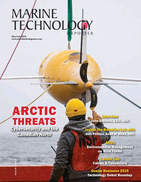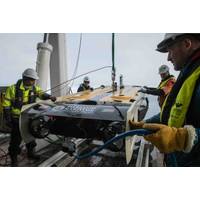 February 2025
February 2025

In this edition MTR explores the drivers for subsea exploration in 2025 and beyond
Read the Magazine
This issue sponsored by:

Fascinated by Shipwrecks: The Science and Discovery of Lost Vessels

Marine Technology Reporter is the world's largest audited subsea industry publication serving the offshore energy, subsea defense and scientific communities.
Subscribe
Marine Technology ENews is the subsea industry's largest circulation and most authoritative ENews Service, delivered to your Email three times per week
Subscribe for MTR E-news
Featured Companies
SubCtech GmbH

SubCtech’s (”Subsea Technologies for the Marine Environment”) team already has more than 30 years of experience in the subsea and marine technology. Today, with 70+ employees, the company is still privately owned. We offer underwater technologies, subsea solutions and ocean monitoring systems.
Harvest Technology Group

Harvest Technology Group Limited is a global leader in network-optimised remote operations that deliver real-time remote control, communication, automation, and monitoring capabilities. Headquartered in Perth, Australia, the group of companies is revolutionising remote operations with ultra-secure…
